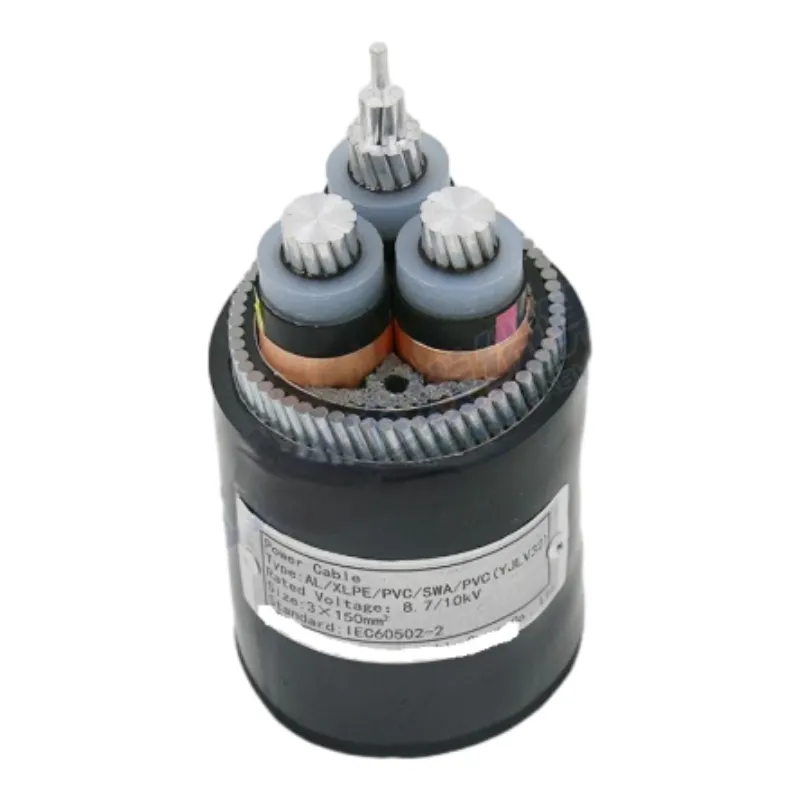Dec . 11, 2024 10:51 Back to list
Lined Butterfly Valve for Enhanced Performance and Corrosion Resistance in Industrial Applications
Understanding Lined Butterfly Valves Essential Components in Fluid Control
In the world of industrial fluid control systems, the selection of the right valve is critical for ensuring efficiency, safety, and longevity. Among the various types of valves available, lined butterfly valves have emerged as a favored choice for numerous applications. This article aims to delve into the intricacies of lined butterfly valves, exploring their structure, functionality, and advantages.
What is a Lined Butterfly Valve?
A lined butterfly valve is a quarter-turn valve that consists of a circular disc or blade that rotates around a shaft to regulate the flow of fluids. The valve body is typically constructed from a robust material such as metal, while the internal surfaces are lined with durable materials like PTFE (polytetrafluoroethylene) or rubber. This lining serves to protect the valve from corrosive substances, thus significantly extending its lifespan and retaining its integrity even under harsh operating conditions.
Structure and Design
The fundamental structure of a lined butterfly valve includes the valve body, the disc, the shaft, and the seat. The body can be classified as either a wafer-style, lug-style, or flanged, providing versatility for installation in various piping configurations. The disc, which is positioned centrally, can be rotated 90 degrees to either block or allow fluid flow. The lining material not only prevents corrosion but also provides an excellent sealing surface that enhances performance.
One of the key design features of lined butterfly valves is their compact nature. Unlike gate or globe valves that require considerable linear space for operation, butterfly valves operate with a simple rotating motion, allowing for space-efficient installations. This characteristic makes them ideal for use in applications where dimensions are restricted.
Functionality and Operation
The operation of lined butterfly valves is straightforward. When the valve disc is parallel to the flow path, the valve is in the open position, allowing fluid to flow freely. Conversely, when the disc is turned perpendicular to the flow axis, it blocks the fluid passage, effectively closing the valve. This quick operation ensures minimal pressure drop across the valve and facilitates smooth control of fluid dynamics.
Lined butterfly valves can be operated manually using a handle or automatically using electric or pneumatic actuators. The choice between manual and automatic operation is dependent on the specific requirements of the application, including factors such as flow rate control, remote operation, and integration into automated systems.
Applications
lined butterfly valve

Lined butterfly valves are widely used across various industries due to their adaptability and performance. Some common applications include
1. Chemical Processing The lining offers resistance to aggressive chemicals, making these valves ideal for handling corrosive substances. 2. Water Treatment Used in various stages of water treatment processes, lined butterfly valves effectively manage flow while providing a solid sealing mechanism.
3. Food and Beverage The smooth surfaces of lined butterfly valves ensure hygienic conditions, critical for the food and beverage industry.
4. Oil and Gas They are employed in the extraction and transportation of oil and gas, providing reliable service under high pressures and temperatures.
Advantages of Lined Butterfly Valves
Lined butterfly valves present several benefits that contribute to their popularity in industrial applications
- Corrosion Resistance The lining protects against rust and wear, which is particularly beneficial in hostile environments. - Low Torque Requirements Due to their design, butterfly valves require less torque to operate compared to other valve types, which can lead to energy savings. - Cost-Effectiveness The durability and low maintenance needs of lined butterfly valves can result in lower life cycle costs.
- Versatility They can handle various types of fluids, including slurries, gases, and other viscous materials.
Conclusion
In conclusion, lined butterfly valves are an essential component of modern fluid control systems, combining functionality, versatility, and durability. Their unique design and protective lining make them ideal for handling corrosive materials, while their compact size allows for flexible installation in limited spaces. As industries continue to evolve, the role of lined butterfly valves remains significant, proving to be a reliable solution for effective fluid management across various applications.
Share
-
Reliable Wafer Type Butterfly Valves for Every IndustryNewsJul.25,2025
-
Reliable Flow Control Begins with the Right Ball Check ValveNewsJul.25,2025
-
Precision Flow Control Starts with Quality ValvesNewsJul.25,2025
-
Industrial Flow Control ReliabilityNewsJul.25,2025
-
Engineered for Efficiency Gate Valves That Power Industrial PerformanceNewsJul.25,2025
-
Empowering Infrastructure Through Quality ManufacturingNewsJul.25,2025


